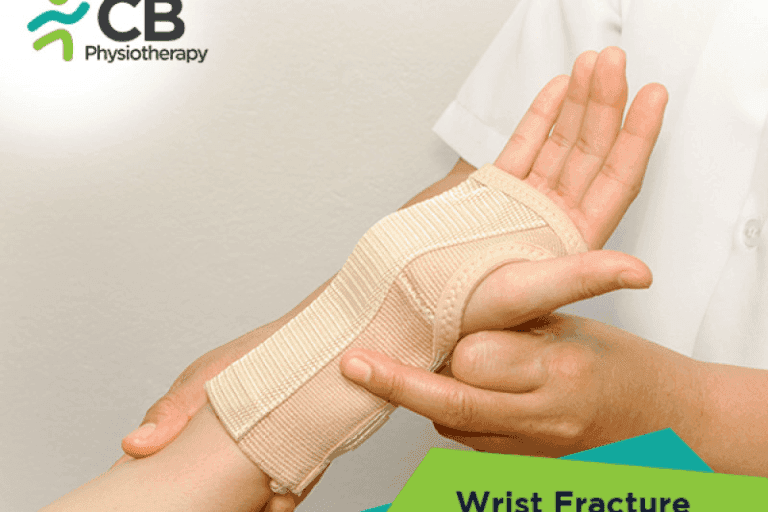Introduction
The human wrist is a remarkable piece of engineering, enabling a wide range of movements and actions in our daily lives. Unfortunately, due to its complex structure with many small bones clustered closely together, wrist injuries, including fractures like the scaphoid, Colles, “snuffbox,” and ulna fractures, can occur in various ways.
Slip and fall accidents, while often preventable, can lead to severe injuries. Wrist fractures are a common consequence of such incidents, potentially necessitating surgical procedures, rehabilitation, and extended time away from work, among other repercussions that can profoundly impact a person’s life. Children, in particular, may face additional challenges if a growth plate is affected, while the elderly may experience long-term arthritis that limits future mobility.
Understanding Wrist Fractures
Wrist fractures, often called broken wrists, occur when one or more bones in the lower arm are broken.
Fractures can differ in severity, ranging from minor to severe, with some cases puncturing the skin (open fracture).
The most common cause of wrist fractures is attempting to break a fall, which frequently happens in slip, trip, or fall incidents.
Individuals may instinctively extend their hands to cushion the impact during a fall, leading to wrist injuries.
This can occur when falling on the hands to prevent the face from hitting the ground or when landing on the wrist awkwardly, such as during a stumble on stairs.
Types of Wrist Fractures
Non-displaced fractures involve stable breaks in which the radius or ulna bones remain original. Treatment typically requires reduction or bone-setting.
Displaced fractures:
These fractures are unstable and involve breaks where the bones (radius or ulna) are moved out of their normal alignment. Treatment include immobilization with a splint or cast.
Unstable fractures:
In these fractures, the bone fragments tend to shift or move into an improper position even after being immobilised with a splint or cast.
Comminuted fractures:
These are severe fractures where the bone fragments may be shattered and protrude through the skin or affect the joint surfaces. Surgical intervention is often necessary to realign and stabilise the fragments using screws, plates, or external fixations. These fractures carry a higher risk of bone infection.
Open fractures:
When a fractured bone penetrates the skin, it is called an open fracture. These fractures also have an increased risk of bone infection.
Intra-articular fractures:
these fractures extend into the wrist joint.
Extra-articular fractures:
Fractures not involving the wrist joint are categorised as extra-articular fractures.
Colles fracture:
This type of fracture occurs due to a direct impact on the palm, resulting in the wrist shape resembling a fork facing downwards, with the broken end of the radius tilting upward.
Smith fracture:
This fracture occurs due to trauma to the back of the wrist, such as falling onto a bent wrist.
The distal end of the radius will move downward towards the palm, creating a wrist drop-like appearance.
Various scenarios can result in wrist fractures from slip and fall accidents, including:
- Falling down or upstairs
- Slipping on debris
- Snow and ice accumulation without proper treatment
- Wet floors
- Tripping over objects left on the floor
- Uneven flooring
- Tripping over bunched-up carpets
- Falling into a hole in the ground
- Slipping on spilled products that haven’t been promptly cleaned
- Losing footing on excessively soapy or waxed surfaces
These situations can lead to wrist fractures with different fracture sites depending on the nature of the fall.
Symptoms of a Wrist Fracture
After experiencing a slip and fall incident, specific symptoms may indicate a wrist fracture. Common signs of a wrist fracture include:
- Intense pain, particularly when attempting to move the hand or when gripping or squeezing objects
- Bruising
- Observable deformity, such as a bent wrist
- Tenderness
- Swelling
Treatment Options for a Wrist Fracture
Wrist fractures necessitate treatment as they will not heal properly without intervention.
Various treatments are available for wrist fractures, including:
Immobilisation
involves splinting or casting the wrist, which is commonly utilised regardless of whether surgery is required. By keeping the bones in the correct position, immobilisation aids in their proper healing.
Surgery:
In more severe cases of wrist fractures, surgery may be necessary. Procedures may involve the use of rods, screws, plates, or pins to stabilise the bones and facilitate proper healing. Surgery may be indicated if there is damage to nerves, blood vessels, or surrounding ligaments, if the fracture extends into a joint, if it’s an open fracture, or if the fracture doesn’t heal properly with immobilisation.
Physiotherapy
Physiotherapy is commonly advised for those recuperating from wrist fractures. It involves a structured series of exercises to reinstate full strength and mobility in the wrist.
While achieving complete restoration of strength and movement may not be guaranteed, physiotherapy can substantially enhance functionality and alleviate symptoms.
The duration of physiotherapy may differ based on the severity of the fracture and individual circumstances. However, it typically extends over several months to facilitate the best possible recovery outcome.
Steps of physiotherapy
If you encounter challenges in restoring wrist movement with the previously mentioned exercises after two weeks, consider incorporating these exercises into your routine (four times daily). You can gradually apply pressure on your wrist using your opposite hand as needed



